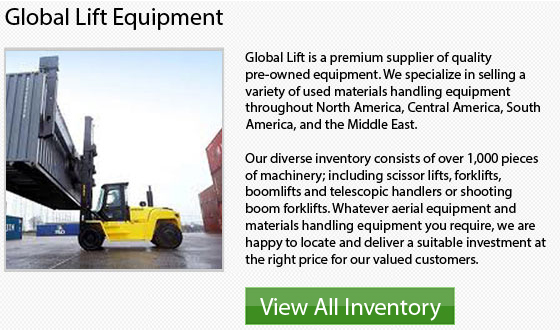
Disadvantages of Using Scissor Lifts
A scissor lift is a particular type of mobile scaffolding. This wheel-mounted machine gives power to a work platform which moves up and down. The lift can be powered by electricity, propane, diesel or gas. Scissor lifts are characterized by a variety of scissor-like joints which lift the machinery by expanding and collapsing. Many safety features are built into modern scissor lifts, particularly models which are newer. Like with any safety features, they may not be able to guarantee safety and some features can be manually overridden by operators or they could occasionally malfunction.
Inadvertent Elevation
Usually, construction workers utilize scissor lifts to work on higher aspects of the jobsites or on ceilings. The workers would have to hoist the platforms just to right beneath ceiling level. The issue with accidental elevation can occur if the workers accidentally bump into the elevation controls while working. In the ceiling scenario, the controls could be accidentally activated and the platform can rise up and inadvertently crush them into the ceiling.
Electrocution
Workers need to be really cautious, making certain they are fully aware of their surroundings. This will ensure they don't inadvertently electrocute themselves. If, for example, an operator makes direct contact with or inadvertently touches an induction field or an electrical conductor, terrible outcome can take place.
Lateral Loads
When operating a scissor lift, it is vital to be familiar with the loading restrictions in the instruction manual of your scissor lift. Really terrible consequences can occur if the platform is mis-loaded. A lateral-load is among the potential issues which could take place if the whole lift overturns. This situation occurs when a heavy material or tool like for example a concrete slab which hangs over the scissor lift platform's side, causing the entire machinery to become unbalanced right away and really susceptible to tipping over dangerously.